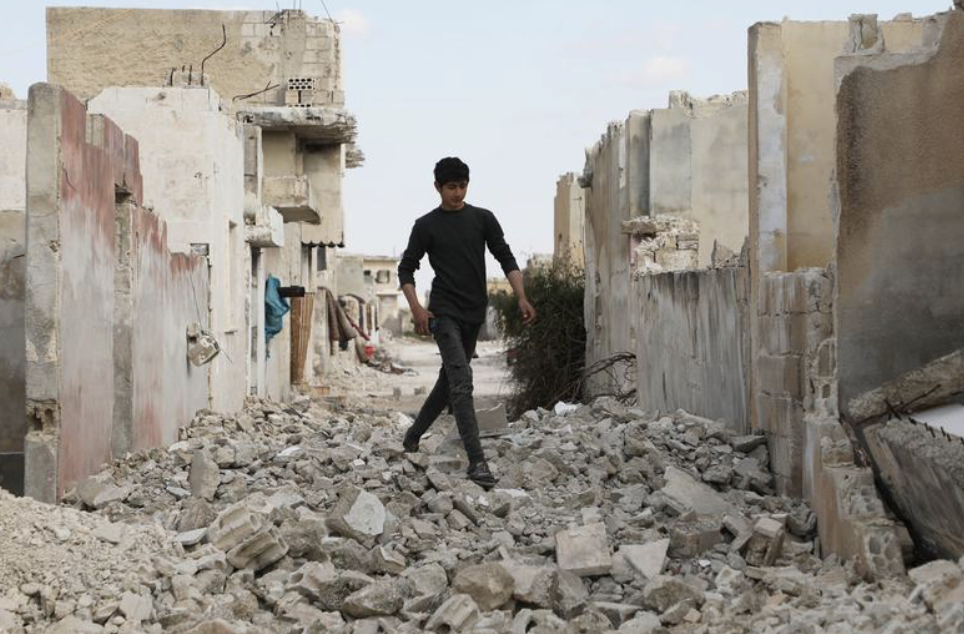The following description of the health system in the Syrian Arab Republic is an extract of an internal World Health Organization (WHO) report by Awad Mataria, who is the director of universal health coverage/health systems at WHO’s Regional Office for the Eastern Mediterranean.
The macroeconomic situation in Syria has been comprised over the years due to multiple internal and external factors, including: 13 years of crisis, currency devaluation, exponentially increasing inflation rates, unilateral sanctions, the Covid-19 pandemic, in addition to the 2023 earthquake. Over 14.9 million people in Syria are estimated to be in need for life-saving primary and secondary care health assistance in 2024.
Health system performance, including access to quality integrated basic primary and secondary health services, proper supply chain management, emergency preparedness and response capacities, has been negatively affected by the migration of health workers, deterioration of the socioeconomic conditions, damaged or unmaintained infrastructure, lack of electricity and WASH conditions in health care facilities.
The Ministry of Health (MoH) is determined and committed to building a community-focused and people-centered health system to ensure universal health coverage including for all needy and vulnerable population groups. For this, MoH has begun a process of stabilization and forward-looking planning and has set three main priorities for the next five years to include: 1) develop a long-term plan to rehabilitate and reform the health system; 2) establish a skilled health workforce; and 3) strengthen the national primary health care strategy for the prevention and promotion of health and wellbeing of all at all ages.
- Continuing to address emergent and unmet health needs and humanitarian requirements to achieve Universal Health Coverage in line with the updated health map.
- Attaining improved levels of universal health coverage that can reach the required level, while reducing individuals’ susceptibility to financial hardship when accessing healthcare services.
- Enhancing resilience and establishing the foundation for recovery, addressing health emergencies, and pandemic preparedness.
The Early recovery agenda in the country is moving ahead. It started with Syria 2030 agenda which fed in in any national strategic planning. Recently the UNCT embarked of drafting an early Recovery Strategy for the country where the health was among the four pillars under the focus of the strategy.

